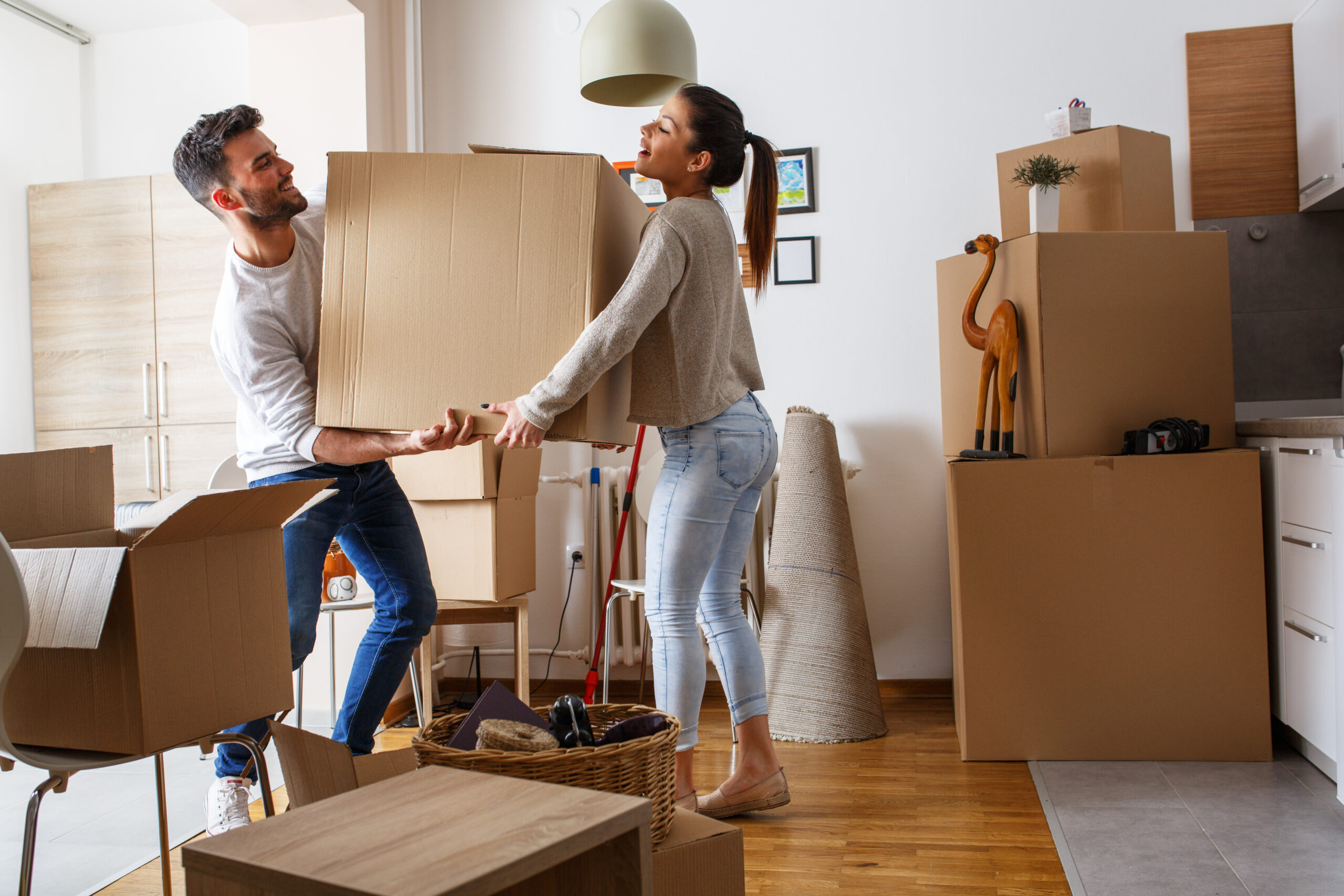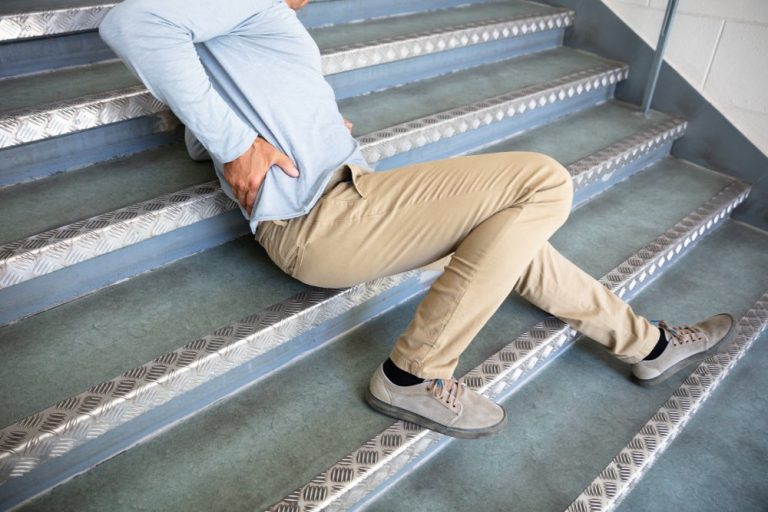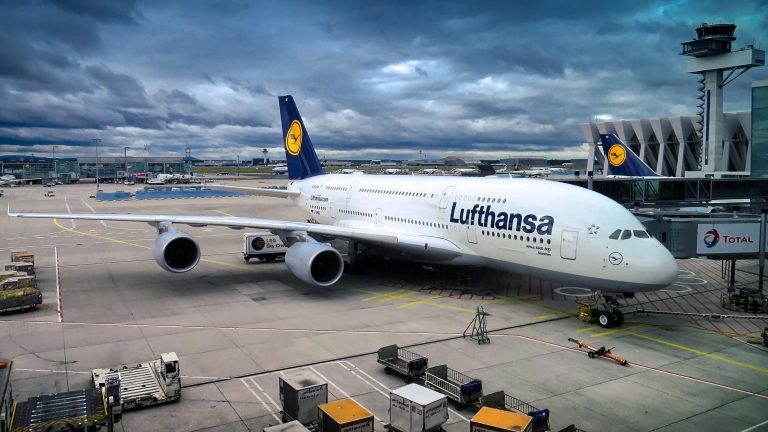You finally picked a moving date, and now the big question hits: where do you even start packing? Looking around, everything feels important—your clothes, kitchen items, books, and even those small things tucked away in drawers. Lots of people feel trapped here. They don’t know what to pack first. They fear they will forget something important.
If you’re planning a move and want things to go smoothly, how you begin packing makes a big difference. Starting with the right items saves time and helps you stay calm and avoid last-minute stress. Whether moving alone, with family, or hiring help, knowing what to pack first can make the process easier. On a moving day, you won’t be digging through boxes looking for your toothbrush or coffee mug.
In this blog, we will explore the essential items you should pack first and provide tips for simplifying the packing process.
Why Packing Order Matters During a Move
Packing in the correct order helps make the entire moving process smoother and less stressful. It keeps things organized and helps you avoid problems that usually come up during a rushed move. For businesses or families, following a smart packing order can save time, reduce confusion, and protect your belongings.
- Avoids Last-Minute Stress: Packing in stages means you won’t have to do everything at the last minute. It helps you stay calm and on track.
- Keeps Important Items Handy: When you pack them last, daily-use items like chargers, toiletries, and documents remain easy to reach.
- Protects Fragile Items: Packing breakables early gives you time to wrap them carefully, lowering the risk of damage.
- Saves Time When Unpacking: Organized boxes with clear labels help you know what to open first in your new place.
Packing smart from the beginning makes your move easier from start to finish.
6 Essential Items to Pack First for a Stress-Free Move
Moving can feel overwhelming, but packing the right items can make the process smoother. Prioritizing essential items ensures you have what you need immediately, without the last-minute stress. Here are the key items to pack first to ensure a stress-free move.
- Important Documents
Keep all your important documents together and make them easily accessible. These include passports, ID cards, medical records, birth certificates, and moving-related paperwork like rental agreements or contracts.
Packaging them in a small folder or clear file container is best to prevent them from getting damaged. You can store them in sturdy moving boxes or even a dedicated document organizer, making it easier to grab them quickly when needed.
- Everyday Clothes
When moving, it’s essential to have a few days’ worth of clothes packed and ready for the first few days in your new place. Pack comfortable clothes that you can wear while you settle in. Make sure to include all essential garments needed.
Rolling your clothes helps save space and reduces wrinkles. For added organization, you can use packing cubes or zip-lock bags to keep everything neat and separate, making it easier to find what you need.
- Medications and First-Aid Supplies
Never forget your medications and basic first-aid supplies during a move. Pack your prescription medications, over-the-counter pain relievers, band-aids, antiseptic wipes, and any other items you might need in an emergency.
Keeping these items in a small box or pouch ensures you won’t have to rummage through other boxes. By labeling this container clearly, you’ll be able to find it quickly whenever necessary, whether you’re at your old home or newly arrived at the new one.
- Cleaning Supplies
You’ll need cleaning supplies to tidy up your old and new places. Essentials like all-purpose cleaners, dish soap, sponges, paper towels, and garbage bags are must-haves. These supplies will be handy if you need quick cleaning during the move or after arriving at your new home.
Keep them in a clear, medium-sized moving box or storage container so you can easily access them when needed, especially if you want to clean surfaces before unpacking.
- Tools and Hardware
A basic tool kit is essential during a move. Pack tools like screwdrivers, a hammer, pliers, scissors, and tape for assembling furniture or handling minor repairs. A box cutter or scissors will also help open all your packed boxes.
By storing these tools in a small toolbox or clear container, you ensure easy access and can quickly address any issues. It’s also a good idea to label this box to make sure it’s easy to locate.
- Extra Bags or Zip-locks
Extra bags or zip-locks are perfect for organizing small items that might get lost. They can be used for jewelry, electronics cords, chargers, or toiletries. Zip-lock bags not only help keep these items separate but also make them easy to find when needed.
Using small, clear bags ensures you can quickly identify what’s inside and reduces the chances of misplacing small but essential items.
Top 5 Tips to Simplify the Packing Process
Packing can feel like a big task, but following simple tips can make everything easier and more organized. Whether you’re packing for your home or office, using the proper methods and materials can help save time and stress. Below are five easy-to-follow tips to guide you through packing smartly and efficiently.
- Use the Right Packing Materials
Choosing the right materials helps protect your items and keeps everything organized. Get strong moving boxes, packing tape, bubble wrap, and packing paper before you start. Avoid using worn-out boxes as they can break.
Wrap fragile items like dishes or glassware with bubble wrap or soft clothes to prevent damage. Use tape to seal the bottom of boxes securely so nothing falls out during the move. Having the right supplies from the start avoids problems later and keeps your items safe.
- Use Small Boxes for Heavy Items
Heavy things like books, canned food, or tools should always be packed in smaller boxes. This makes them easier to lift and prevents the box from breaking. Overloading large boxes can make them too heavy to carry and might cause injuries.
Distribute the weight by mixing lighter items with heavier ones when needed. Also, use packing tape to reinforce the bottom of these boxes for extra strength. This small step keeps the move smooth and protects your belongings.
- Label Everything Clearly
Clear labels help a lot when unpacking. Use a marker to write what’s inside the box and which room it belongs to. You can also use colored tape or stickers to sort boxes by room.
This helps movers place each box in the right spot and saves time when you start unpacking. Labeling also makes it easy to find your essential items quickly after moving in.
- Make an Inventory List
Creating a simple list of everything you pack helps track your belongings. Use a notebook or mobile app to write down each box’s contents. Number your boxes and match the number to the items in your list.
This is helpful if something goes missing and gives peace of mind. You don’t need to list every small item—just general things per box. A quick inventory can prevent confusion and make sure nothing is left behind.
- Declutter Before Packing
Before putting things in boxes, take time to sort through your items. Get rid of things you no longer need or use. You can donate, sell, or throw away unwanted items.
Fewer things to pack means fewer boxes, which saves time and space. This step also gives you a fresh start in your new place with only the necessary items. Decluttering first makes the packing process quicker and less stressful.
By following these simple tips, you can make your move more organized and less overwhelming.
Final Words
Packing for a move doesn’t have to be confusing or stressful when you know what to start with. By focusing on essential items like important documents, daily clothes, medications, and basic supplies, you make your move more organized and less overwhelming. Using the right packing materials and following simple tips can save time and avoid last-minute panic. With a clear plan and a calm approach, your moving experience can be much smoother from start to finish.
Keep an eye for more latest news & updates on Get Pro Magazine!






